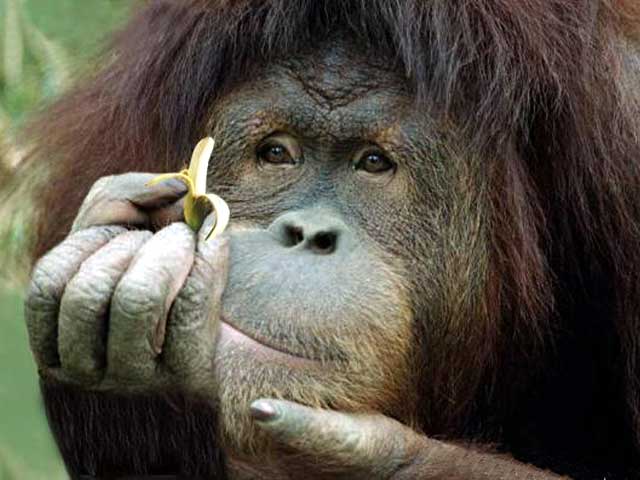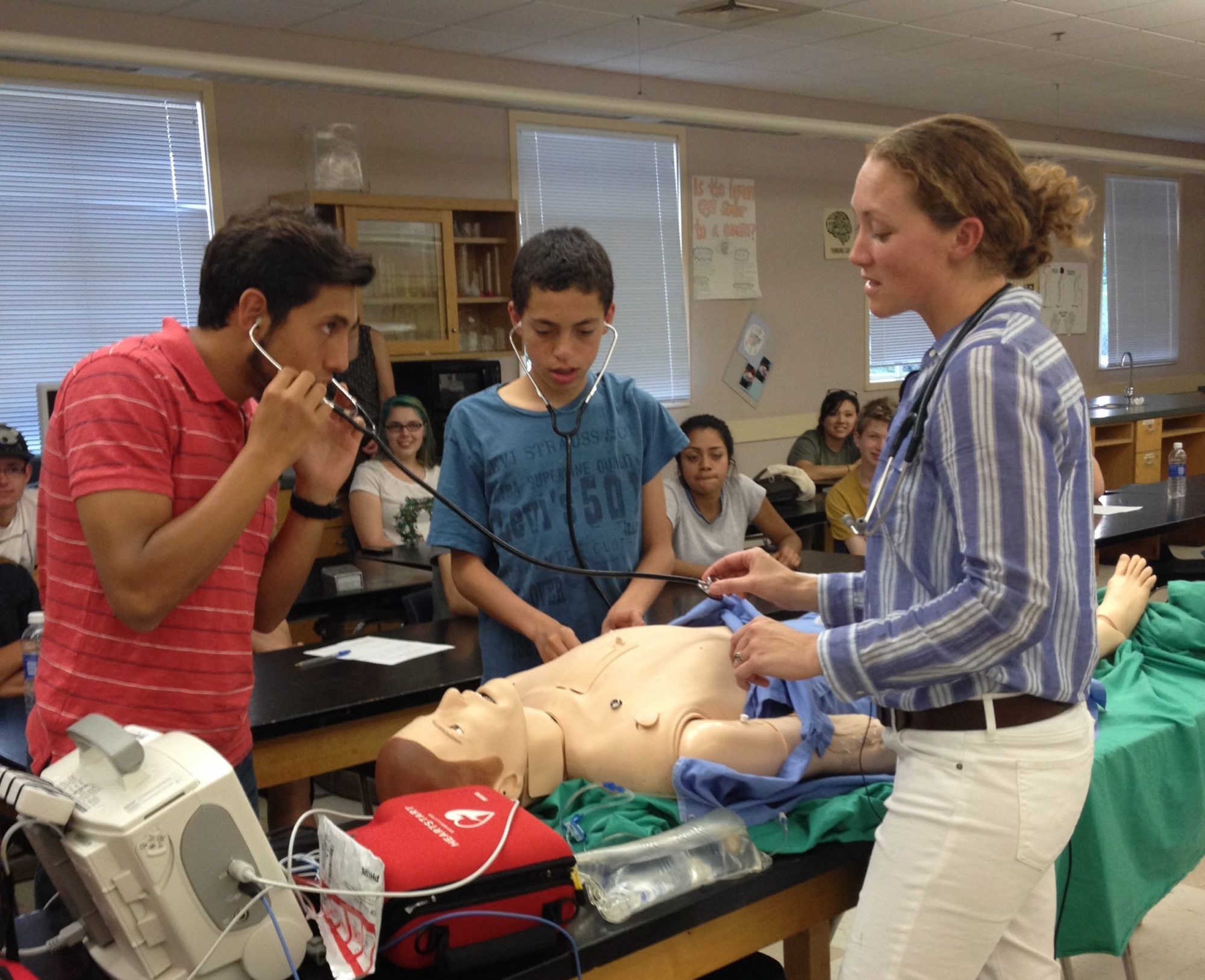MSS launches its 6th year with UAV ONLINE!
Interview with Robotics Engineer Pavlo Manovi
UC Santa Cruz junior and TL alumnus Pavlo Manovi gives a taste of his upcoming presentation on Unmanned Aerial Vehicles with an interview:
– What makes robotics engineering engender such a strong interest in me is the fact that the skills you need to be a competent robotics engineer encompasses most STEM fields and allows students and engineers both in academia or industry to be involved in projects from all studies of science. Choosing a type of engineering was one of the most difficult decisions I have ever had to make, as I didn’t want to find myself focused on one field of engineering. What I really wanted was to do everything that I loved, which is to say that I was looking for a balance of physics, computer science, math, and materials science that just didn’t exist in most traditional engineering tracks. I found that robotics engineering neatly wraps up all of the aforementioned studies in the umbrella study of Mechatronics. Having this aggregation of skills and foci lays the foundation for a strong field where one gets approached to build the tools that scientists and governmental agencies require to do their jobs, and that aspect of robotics keeps the work fresh and feeds my insatiable appetite for knowledge.
– Autonomous robotics (aquatic, extra-terrestrial, terrestrial). Controls theory. Curriculum development.
– I am currently working on:
- An Unmanned Aerial Vehicle development toolchain. (The SLUG-TUG)
- An open source, affordable, robust four quadrant brushless DC motor controller (SLUGGISH)
- Extreme Low Cost UAV (No silly acronym for this one yet :[ )
- UAV Localization for Autonomous Swarms
- Porting and refactoring Existing SLUGS UAV code to work with commercially available UAV systems
- Creation of a UAV Curiculum for graduate students at UCSC
– http://slugsuav.soe.ucsc.edu/ This explains it pretty well. Primarily it’s a flight algorithm development platform. I’m currently developing a cheaper, lower power version for academia and simple missions/swarm research.
– The biggest difference between our UAV project and other projects is that we aim to develop every bit of the UAV and not rely on off-the-shelf solutions to ultimately create an easy to use UAV. With an entire toolchain that adapts itself to the problem presented to it, the end user can focus on solving their problem rather than focus on trying to get a piecemeal UAV to work. Simply put, we’re trying to make a good tool that is within grasp of anyone that compromises as little as possible through a modular design and abstracted C code.
– Developing easy to use, robust, powerful tools allows for innovation. We are rapidly approaching a time where our airspace is going to be filled with more autonomous air traffic than could have ever been imagined. Now more than ever a tool like this is necessary to allow for innovation that may solve many of the localization problems that will impede the growth of air travel/autonomous aerial vehicles in non-military airspace. Further, there is little to no curriculum on UAV development and I am to work with a few professors with my SLUG-TUG toolchain to change that.
– SLUGS is already in use in space, military UAVs, academic UAVs, ground vehicles, and aquatic applications. The scope of which and specifics I am not at liberty to explain.
– I am the primary investigator of the SLUG-TUG project and I work on all aspects of the SLUGS system (electrical, code, hardware, etc).
– The most rewarding part of being a robotics engineer is the opportunity to work with people that are as passionate about what they do as I am. The work is always challenging and comes from all fields of study, which keeps me on me engaged and allows me to learn about everything from micro-biology to art without fully committing myself to those fields. What is most difficult about this field of study? That’s a very personal question and I think it varies greatly between individuals. Contrary to what most believe I don’t consider the science to be hard as it just requires time, patience, and practice to master. Personally, what is difficult is turning it all off. I’m lucky enough to have many great friends and other physical/mental outlets for all of my energy, but when I find myself without anything to do coming off of the heels of a big project… I just can’t stop. I’d say dividing my time amongst projects and keeping myself sane when I have free time and can’t work on things are the most difficult parts about being an engineer who loves what he does.
Citations:
The UAV simulator video was created and uploaded by Samuel Teopke on 26 Jul. 2011.
—
Math in the Movies
On April 4th, Tony DeRose Ph.D. came to the Marin Science Seminar to discuss the many applications of mathematics at Pixar studios. As a high school student, it can seem like hours of abstract math each week is a strange use of time, but calculus, geometry and other advanced mathematics are used on a daily basis at Pixar to make the incredible animations we know and love.
The process of making an animated film involves many steps with fine tuning at each to create the incredible worlds we see on the screen. First, the story is drawn by hand into a “storyreel”. For each character, sketches of the character’s main facial expressions are made to understand the character’s personality. The characters and sets are then modeled from the sketches on computers. There are controls for the movement of different body parts of each character. To simulate face movement, there are over 300 controls for the face movements of each character, each for a specific part of the face. Algorithms are then applied to the scenes to simulate gravity and other movements not directly related to character movement.
Interview With Dr.Susan Fisher
Susan Fisher, Ph.D. is the Director of Translational Research in Perinatal Biology and Medicine at UCSF. She is also a Professor in the Departments of Oral Biology, Pharmaceutical Chemistry, and Anatomy and Faculty Director at the Biomolecular Resource Center, UCSF. She is also a member of the UCSF Biomedical Sciences Graduate Program (BMS).


Video by MSS Intern Julia McKeag
Interview with Edward Hsiao MD PhD of UCSF
Hydrology and Restoring Ecosystems
An Interview With Prominent Hydrologist: Rachel Z Kamman
Interview by Julia McKeag, Terra Linda High School
How we Know What we Know about the Brain
 |
| fMRI Machine |
 |
| fMRI Brain Scan |








